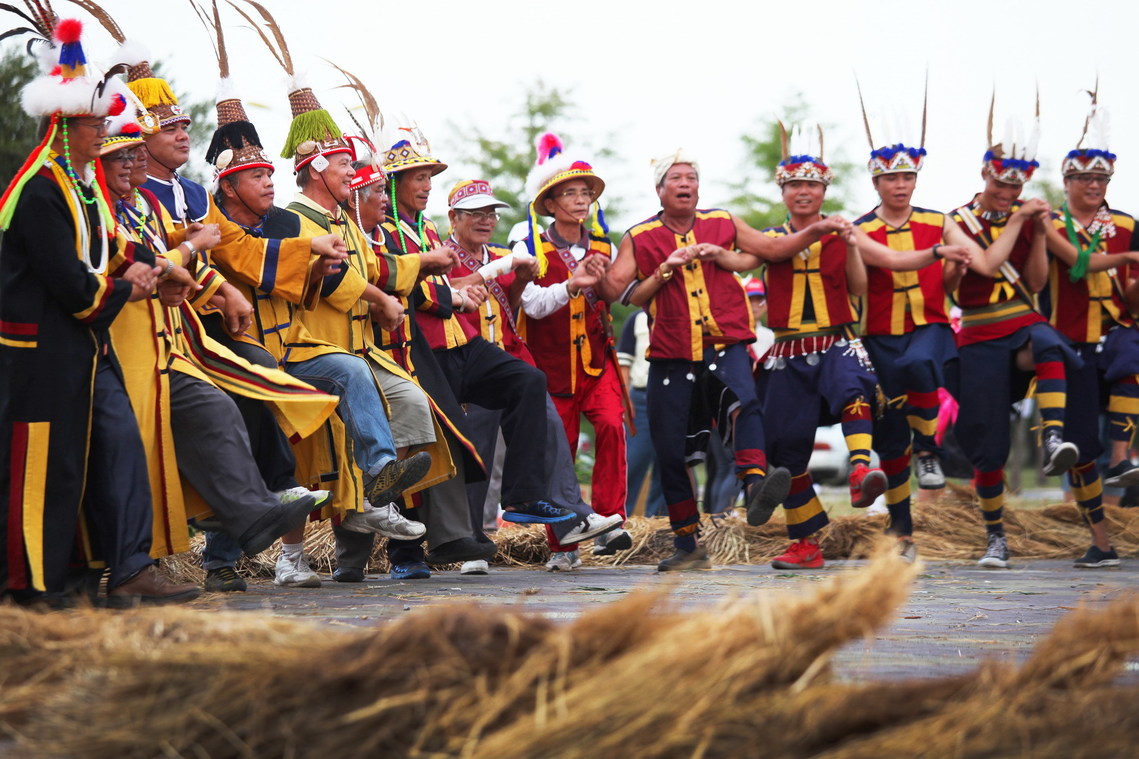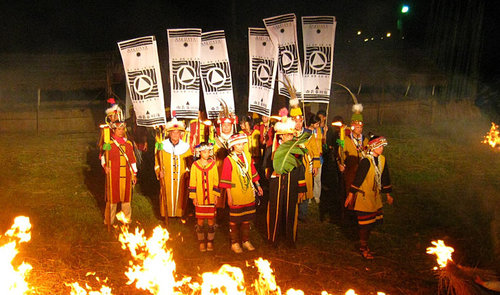Sakizaya 撒奇萊雅族

Photo taken from: https://reurl.cc/v1oGNa
Features
- Matrilineal society.
- Distributed in Hualien.
- Age class system.
History
During the Qing Dynasty, the imperial minister, Shen Baozhen, clashed with the Qing army due to the policy of opening up the mountains and raising the Tibetans. In the Kaliwan incident, the Sakizaya tribe was massacred, and the survivors hid incognito in the Ami tribe for fear of being pursued. At that time, because of the Ami tribe, the Japanese government was unable to identify its ethnic group during the Japanese occupation and classified it as a branch of the Amis (Kiza Amis). After 17 years of rectification campaigns since 1990, the ROC government officially recognized him as an indigenous nation in Taiwan on January 17, 2007.
Clothes
*The clothing of the Sakizaya people was created and produced according to their own historical events and legends in order to differentiate themselves from the Amis after the Cultural Revitalization Movement of the Republic of China in 2007. It has special historical and cultural significance.
- Earth gold: It means that the land has heart, the land has gold, and it returns to its homeland.
- Dark red: On behalf of the ancestors sacrificed their lives, the blood was drained, which has the meaning of mourning the ancestors.
- Navy blue: It represents the friendship with the Amis for a century.
- Dark green: The thorn bamboo guarding the periphery of the tribe represents the age class and national spirit.
- Deep black: represents the tribe and ancestor spirits.
- Mountain brown: remembering the spirit of fleeing after historical events, encouraging the tribe do not to fear hardship.
- Pear white gray lily: represents tears and symbolizes the hidden grievances of the nation over the past century.
Ritual (in Sakizaya language)
- Palamalan a lisin. (Vulcan ritual)
Taking the Kaliwan event in 1878 as the core concept of the festival, it is a cross-tribal commemorative event for the whole family. At the time of the Kaliwan incident, the Takubuan tribe was the largest tribe at the time, and thorn bamboo was planted outside the tribe for defense. The Qing soldiers were unable to get close to the tribe because of the bamboo isolation, and finally set off fire and shot arrows, causing the tribe's thatched hut to be burned and the tribe's casualties. Afterwards, the tribe was unable to worship the ancestors who were injured or killed in the incident because of the scattered places. The Sakizaya tribe was swallowed up by historical events, which frustrated the development of their national culture. After a century, the tribesmen used the Vulcan ritual to offer condolences to the chief couple and the tribesmen who died in the Kaliwan incident. In addition to commemorating historical events, the Vulcan ritual also has the significance of condensing national identity.

Photo taken from: https://reurl.cc/R66VQn
Reference from: https://reurl.cc/e80O9x
